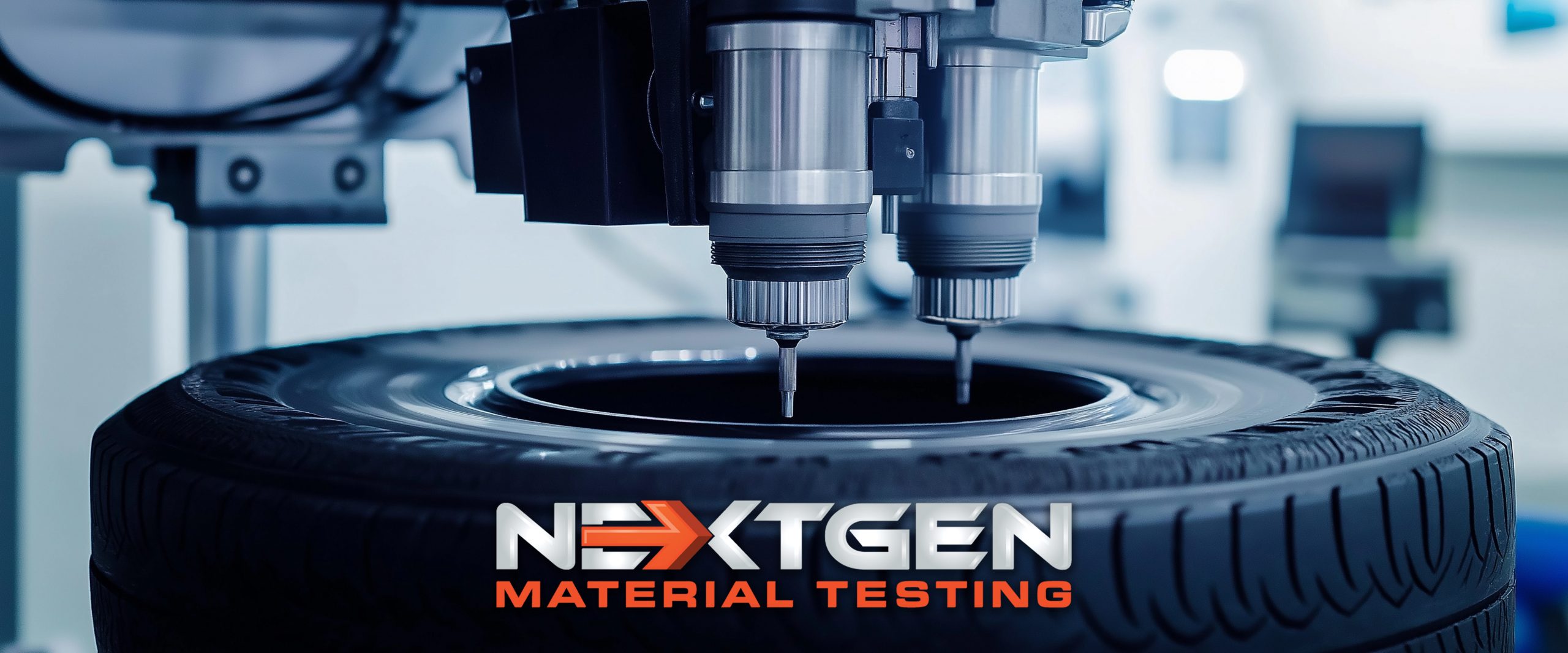Did you know that the average rubber tire travels over 75,000 miles before wearing out? This incredible longevity is not by accident. It is the result of rigorous testing that confirms rubber materials can withstand everyday use. Whether in the automotive, aerospace, or industrial sectors, rubber products are constantly pushed to their limits. Without proper testing, such material would fail prematurely, posing significant safety risks and financial losses. Rubber material testing is highly relevant to preventing such failures by evaluating a product’s durability, performance, and compliance with safety standards.
Through a series of precise tests, manufacturers can identify weaknesses, improve formulations, and ultimately deliver high-quality products. In this article, we will discuss the importance of rubber material testing and how it contributes to product durability, reliability, and safety.
Understanding Rubber Durability Challenges
Rubber materials face numerous challenges that can compromise their durability and performance over time. Mechanical stresses, such as repetitive loads, torsional twisting, and compression, are common in automotive and industrial applications. Fatigue results in the formation of micro-cracks, which grow with continuous stress and eventually cause failure. Fatigue testing helps predict a rubber product’s lifespan by simulating these repetitive stresses and identifying potential weak points before the material fails.
Environmental factors like temperature fluctuations and ozone exposure also significantly impact rubber durability. High temperatures accelerate rubber degradation, causing hardening and loss of elasticity. Meanwhile, ozone exposure can lead to surface cracks, particularly in outdoor applications like automotive tires or industrial seals. Tests like heat aging and ozone resistance provide valuable insights into how rubber products perform in extreme conditions. This helps manufacturers make necessary adjustments to extend their lifespan.
Additionally, rubber products often face chemical degradation when exposed to oils, solvents, and other harsh chemicals. Industrial rubber seals, hoses, and gaskets are particularly vulnerable to chemical exposure, which can weaken the material and reduce flexibility. Water resistance and moisture absorption tests are also crucial for making sure that rubber products used in wet environments maintain their integrity over time.
Furthermore, abrasion resistance is a key concern, especially for rubber products like conveyor belts and tires that endure constant friction. Abrasion testing helps determine how well the material withstands wear, providing proof that it retains its properties under continuous mechanical contact.
Methods to Identify the Best Rubber Materials Through Testing
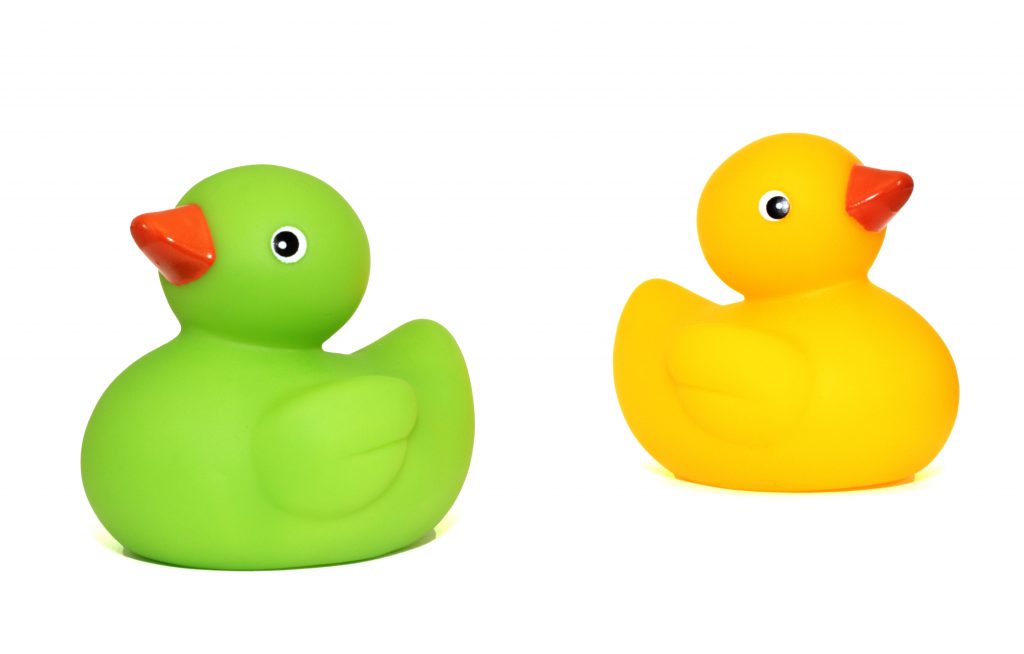
To ensure rubber products’ durability, manufacturers use various testing methods that help determine which materials are best suited to specific applications. These tests are not designed to enhance or improve the materials but to identify their strengths, weaknesses, and overall suitability under different conditions.
Tensile testing, for example, measures the maximum force a material can withstand before breaking. This test provides crucial data on tensile strength and elongation, helping manufacturers assess whether the material can handle stretching and stress in real-world scenarios without failure. Based on this information, manufacturers can choose the most suitable materials that meet their performance requirements.
Another significant method is dynamic mechanical analysis (DMA), which evaluates how rubber behaves under varying temperatures and stress conditions. By understanding the viscoelastic properties of the material, manufacturers can determine how it will perform in dynamic environments, where materials are subjected to continuous movement and temperature fluctuations. The test results help identify the most durable materials for these demanding applications.
Mooney viscosity testing is particularly useful for understanding uncured rubber flow properties. This helps manufacturers ensure consistency in processing during production. It ensures that the selected rubber compound meets quality control standards and performs predictably during manufacturing.
Lastly, fatigue testing simulates the long-term stresses a material will endure in actual use. This test reveals how the material will behave under repeated stress cycles, making it extremely useful for products like tires or seals. Fatigue testing helps manufacturers determine the best materials with the highest resistance to long-term wear and tear.
Standards in Rubber Material Testing
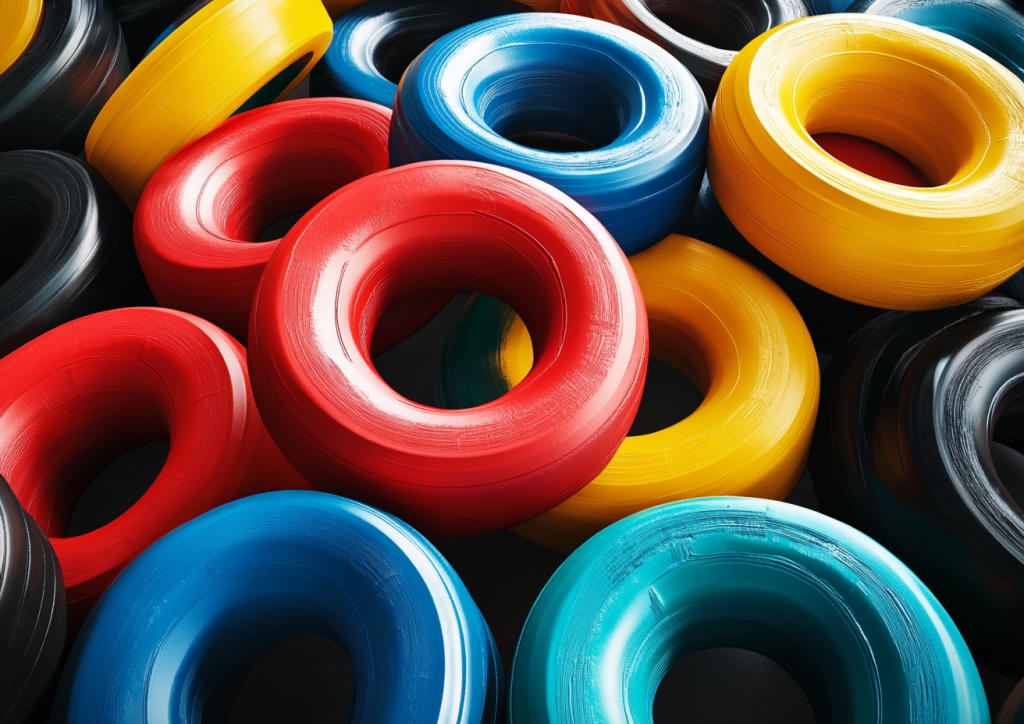
Standards are another important factor when it comes to rubber testing. The testing of rubber materials relies on established international standards to guarantee consistency, reliability, and safety in different industries. Two of the most widely recognized standards organizations are ASTM (American Society for Testing and Materials) and ISO (International Organization for Standardization), both of which are integral components of rubber testing procedures.
ASTM standards provide detailed, industry-specific guidelines for testing rubber materials. Common tests include ASTM D412, which measures rubber’s tensile strength and elongation, essential for determining its ability to withstand stretching without breaking. ASTM D5963 is another critical standard that covers abrasion resistance testing, vital for products like tires and conveyor belts, where continuous friction can wear down the material.
ISO standards, on the other hand, are globally recognized and offer a broader scope. For instance, ISO 4649 is similar to ASTM D5963, focusing on abrasion resistance, which makes certain that rubber products used in high-wear environments, such as industrial machinery, meet international durability standards. ISO also includes standards for environmental resistance testing, such as ISO 4892, which evaluates a material’s ability to resist degradaation from exposure to sunlight and other environmental factors.
Both ASTM and ISO standards are continuously updated to reflect material science. Compliance with these standards is essential not only for regulatory approval but also to ensure that rubber products can meet high performance and safety expectations.
Why Is Reliable Equipment Crucial in Rubber Testing?
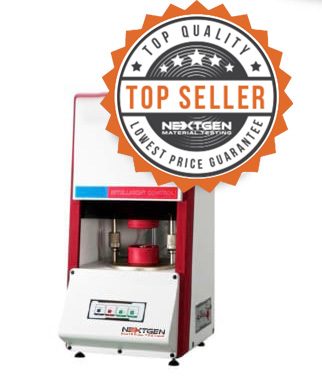 Accurate and consistent testing of rubber materials heavily depends on the use of reliable and advanced testing equipment. High-quality machines provide assurance that tests conducted—whether for tensile strength, fatigue resistance, or environmental durability-will produce repeatable and precise results. This level of consistency is crucial for manufacturers to make informed decisions about which materials perform best in specific applications.
Accurate and consistent testing of rubber materials heavily depends on the use of reliable and advanced testing equipment. High-quality machines provide assurance that tests conducted—whether for tensile strength, fatigue resistance, or environmental durability-will produce repeatable and precise results. This level of consistency is crucial for manufacturers to make informed decisions about which materials perform best in specific applications.
For instance, the Moving Die Rheometer (MDR) is a valuable tool for assessing rubber compounds’ vulcanization characteristics. By measuring the curing behavior of the material, the MDR provides manufacturers with critical data about how well the rubber will perform once processed. Reliable machines like the MDR make certain consistent measurements, allowing precise quality control.
Universal testing machines evaluate tensile strength and elongation in rubber materials. These machines apply a controlled force to the material until it breaks, helping manufacturers understand its mechanical properties. Without reliable equipment, the results could vary, leading to poor material choices and inconsistent product performance.
Moreover, fatigue testing equipment plays a vital role in predicting how rubber will respond to repeated stress over time. For products like tires, which undergo millions of stress cycles throughout their lifespan, this test is critical for guaranteeing their longevity. Reliable machines guarantee that manufacturers can trust the data and make necessary adjustments to product design or material selection to maximize durability.
The Perfect Solution for Rubber Tensile Specimen Preparation
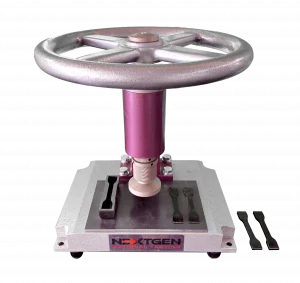 For laboratories seeking a dependable tool to prepare rubber specimens for testing, the NG-T-Press M Series – Manual Cutting Press System offers an excellent solution. Specifically designed to meet industry standards like ASTM D412, ASTM E8, and more, this manual cutting press system ensures precision, repeatability, and reliability when creating specimens from rubber, tape, and other special materials.
For laboratories seeking a dependable tool to prepare rubber specimens for testing, the NG-T-Press M Series – Manual Cutting Press System offers an excellent solution. Specifically designed to meet industry standards like ASTM D412, ASTM E8, and more, this manual cutting press system ensures precision, repeatability, and reliability when creating specimens from rubber, tape, and other special materials.
The NG-T-Press M Series operates with a maximum punching force of 30kN, making it highly suitable for laboratories requiring accurate specimen preparation. Its simple, user-friendly structure and virtually noise-free operation make it a practical addition to any lab. Whether you need to prepare samples for tensile testing, evaluate material consistency, or analyze production quality, the NG-T-Press M Series delivers stable and reliable results that meet the high requirements of rubber testing.
With optional cutting knives available to comply with ASTM standards and a compact, efficient design, this cutting press system is ideal for making sure that each specimen meets the high standards required for accurate material testing. Detailed specifications about this product can be found on its main product page for further information.
There is detailed information about this product on its main page where you can find more details about it.
Ensuring Rubber Durability with Precise Testing
Rubber material testing is an essential step in verifying the durability and safety of products across a wide range of industries. By evaluating mechanical stresses such as fatigue, torsion, and abrasion, as well as environmental factors like temperature, ozone, and chemical exposure, manufacturers can be certain that rubber products meet performance standards. Different testing methods, including tensile testing, dynamic mechanical analysis, and fatigue testing, provide valuable insights into material suitability for specific applications.
Compliance with industry standards, such as ASTM and ISO, is critical in guaranteeing that rubber products meet both regulatory requirements and performance expectations. For manufacturers to be able to make informed decisions and avoid costly failures of their products, reliable testing equipment is key to obtaining consistent, accurate results.
At NextGen, we specialize in supplying some of the most advanced rubber testing equipment on the market. With years of experience in the field, we know how to elevate material testing to the next level. Should you have any questions or require specific information, do not hesitate to contact us directly or request an online quote.
